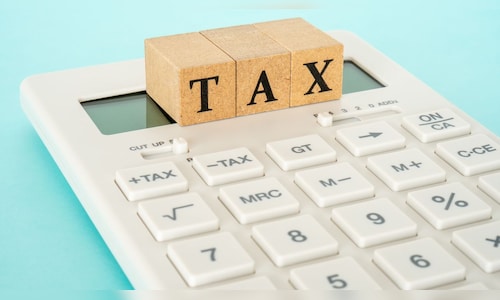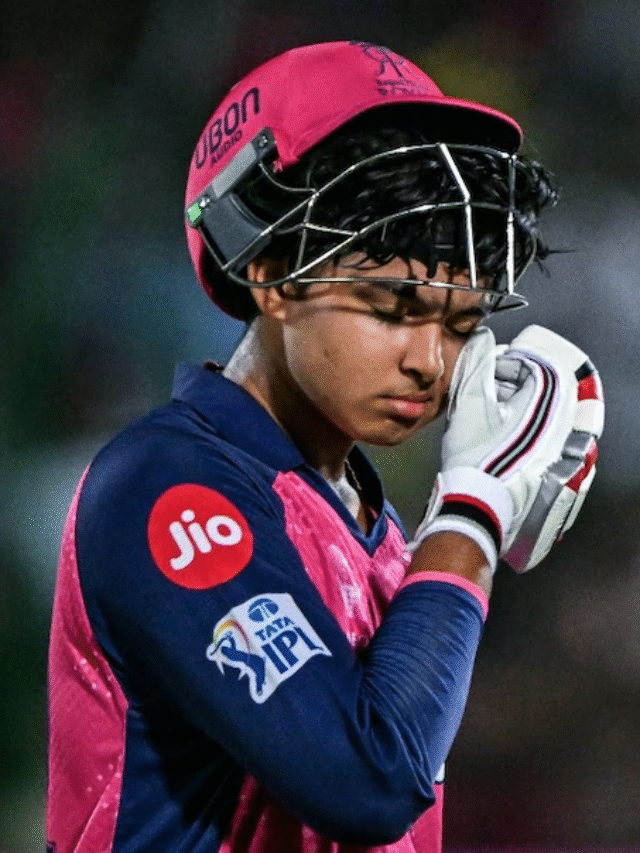The revised forms, notified by the Central Board of Direct Taxes (CBDT), are designed to reduce the compliance burden for small taxpayers. However, if the LTCG exceeds ₹1.25 lakh, or if there are short-term capital gains, LTCG from immovable property, or carried-forward capital losses, taxpayers must continue to use ITR-2.
Experts have welcomed this move as a step towards simplifying the tax filing process. Samir Kanabar, Tax Partner at EY India, noted that this change enhances taxpayer services by allowing simplified filings for those with LTCG up to ₹1.25 lakh, thereby reducing the burden of navigating more complex forms and encouraging greater voluntary compliance. Similarly, Sandeep Sehgal, Partner-Tax at AKM Global, highlighted that the amendments streamline the tax filing process, making it more accessible and less burdensome for small investors and salaried individuals.
Also Read: ITR-1 and ITR-4 forms notified for FY24-25: Key changes explained
These changes are part of the government’s broader efforts to rationalize and simplify capital gains taxation. As per the Union Budget 2024–25, the exemption limit for LTCG on specified financial assets has been increased from ₹1 lakh to ₹1.25 lakh per year, effective from July 23, 2024. Additionally, the tax rate on long-term gains for these assets has been revised to 12.5%, and the holding period for classifying assets as long-term has been standardized to one year for listed financial assets and two years for unlisted financial and non-financial assets.
Taxpayers are encouraged to review the eligibility criteria for the applicable ITR forms before filing their returns for AY 2024–25 to ensure compliance with the new provisions.
(Edited by : Poonam Behura)
First Published: Apr 30, 2025 8:13 PM IST






